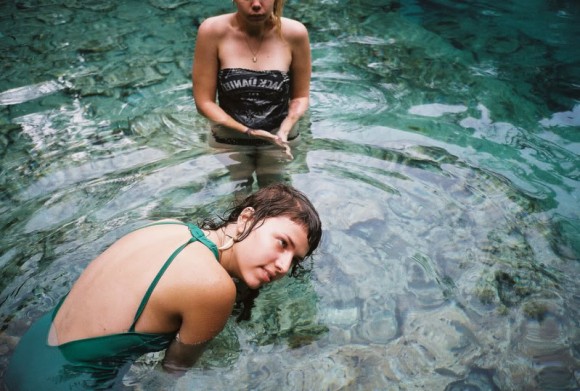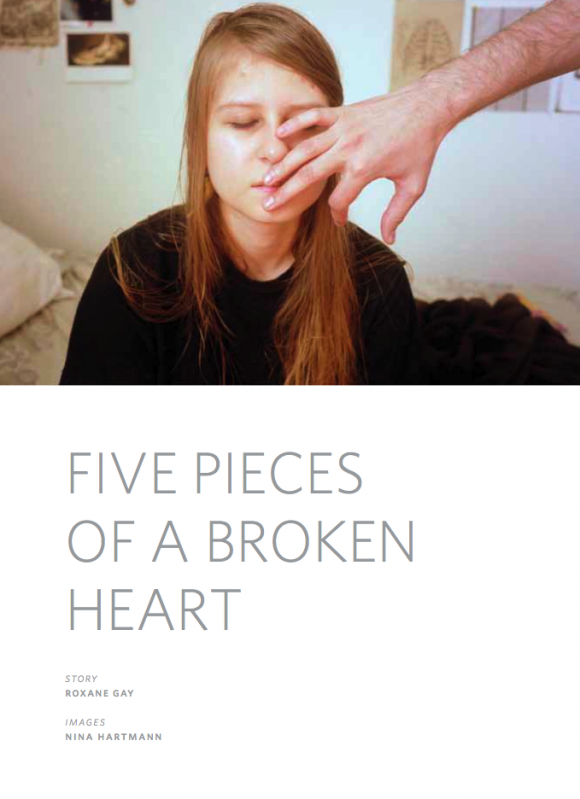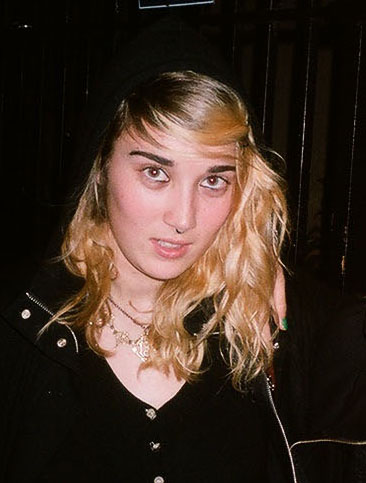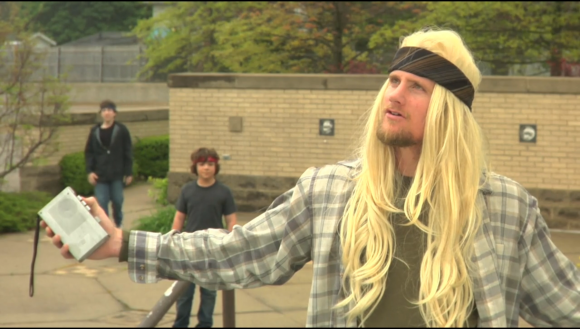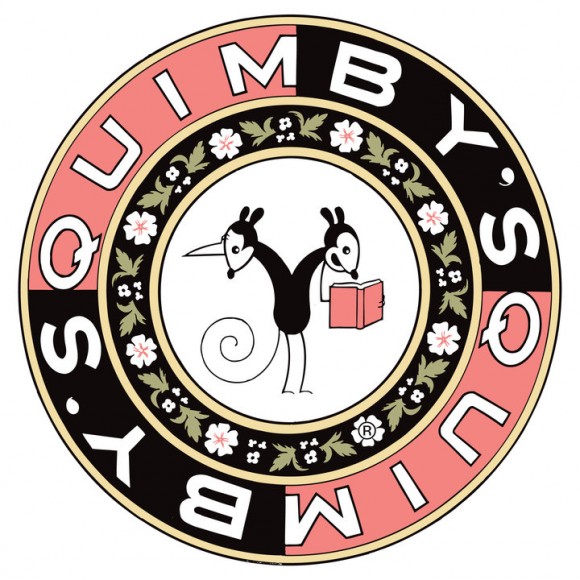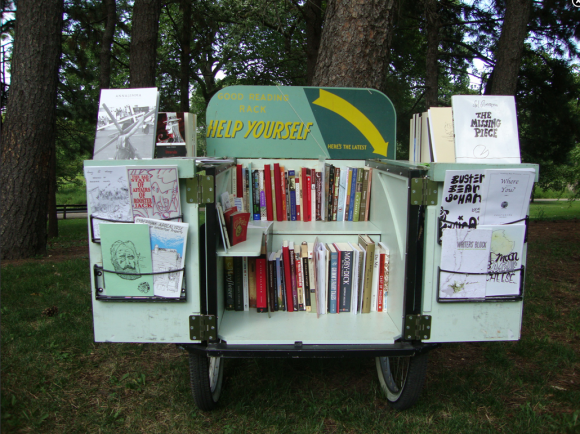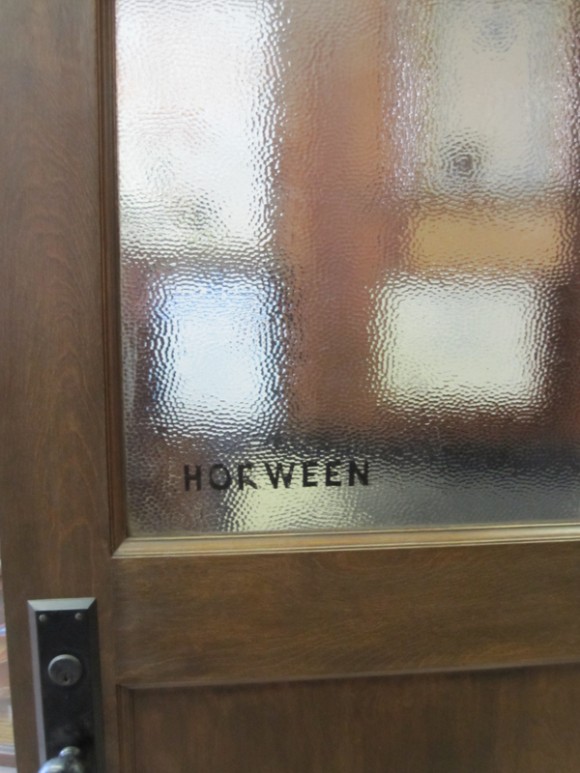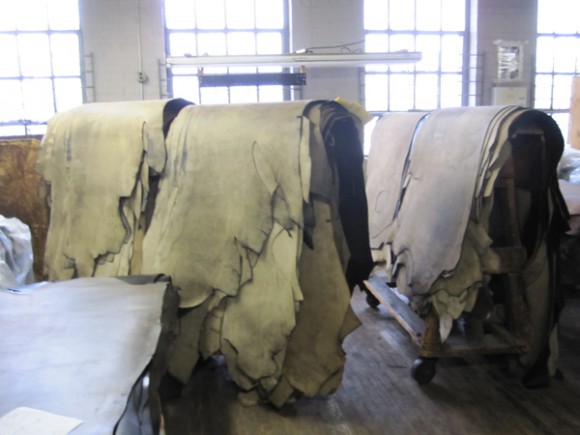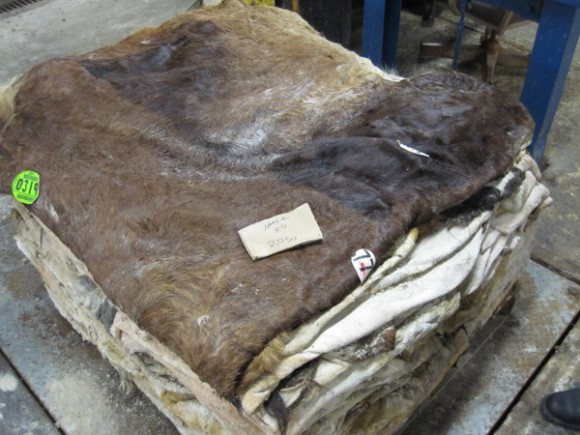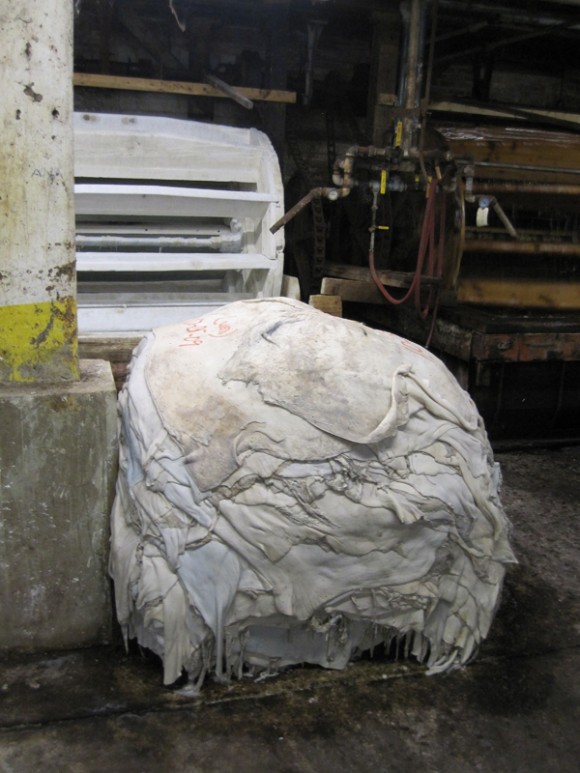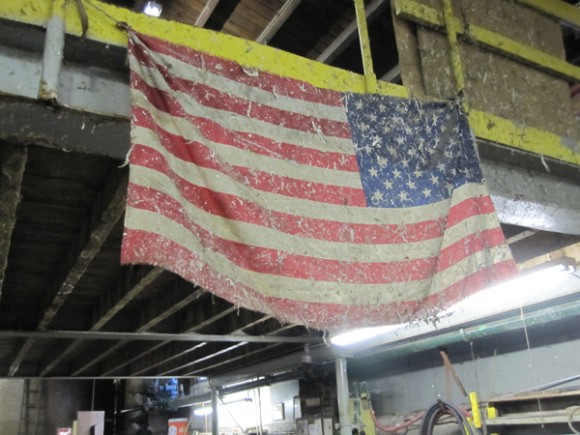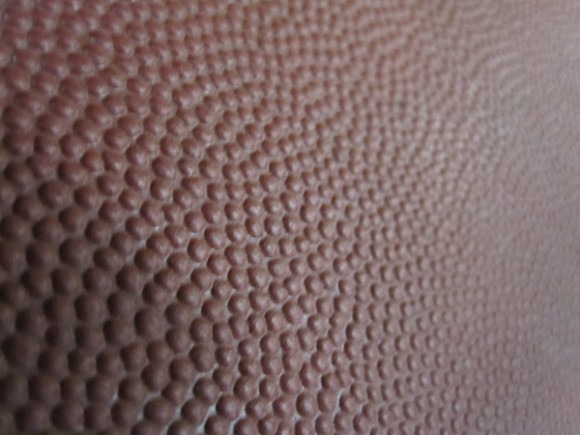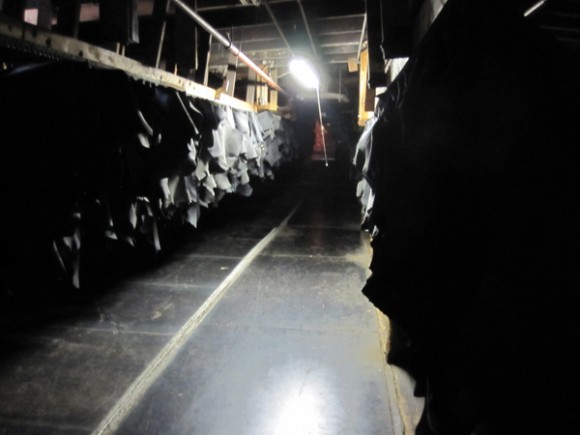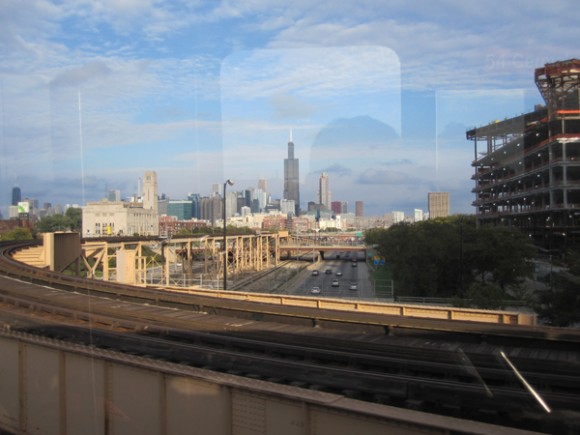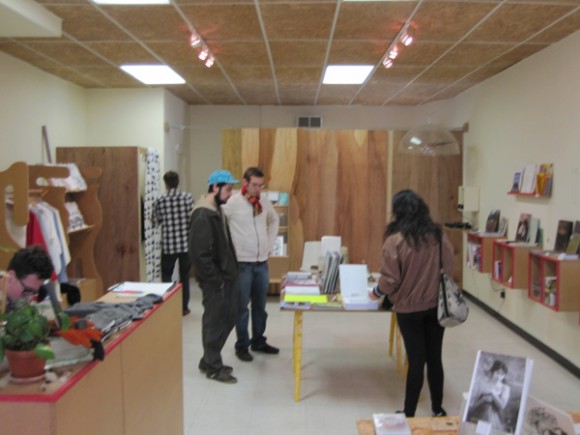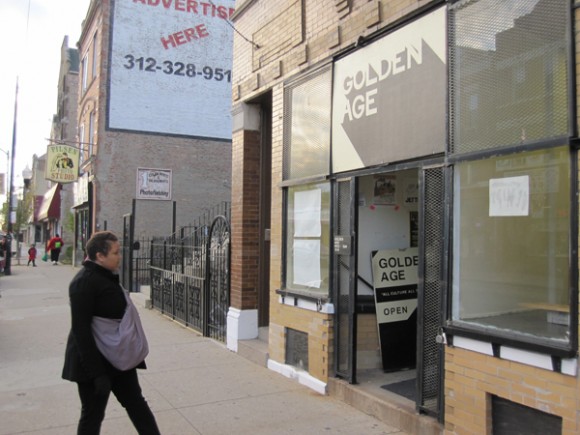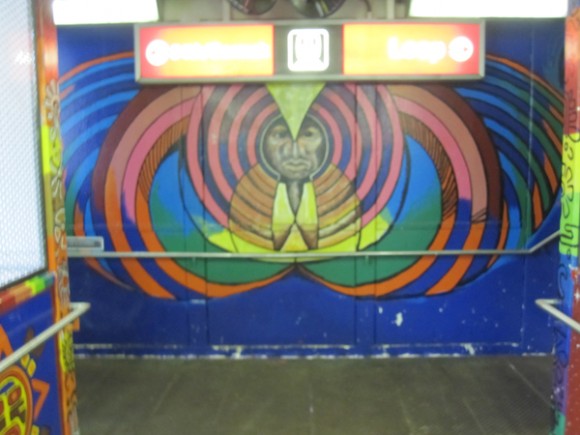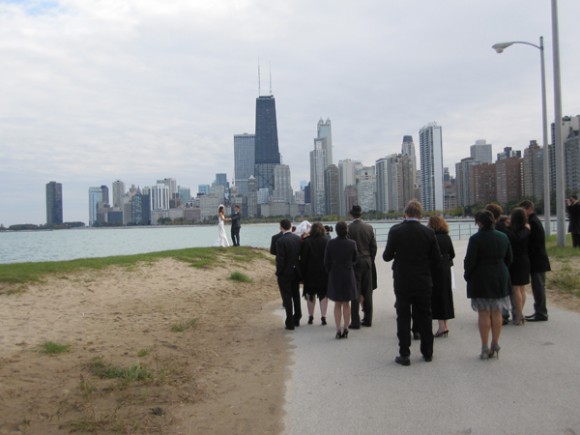MLP, [PANK] and us are doing it up at AWP again. It was a fantastic time last year, way better than I expected it to be, and that’s saying a lot because I usually expect these things to be great. Some new names on the bill this year. I’m very excited to see Scott McClanahan and Brandi Wells. I saw Scott last year and no joke almost cried and Brandi is a rad writer. You will be bummed if you miss this.
Archive for the ‘Chicago’ Category
Issue Seven Preview: Roxane Gay and Nina Hartmann.
Roxane Gay’s writing deals with sex, love, death, and the powerful conflicts that arise from those concepts. She’s published in roughly a bazillion print and online journals and her first collection, Ayiti, is coming out next year. Nina Hartmann’s photography tells stories about young people living and loving within an inch of their lives. She is currently pursueing her BFA at the School of the Art Institute of Chicago where other photography students no doubt try to copy her style. Nina and Roxane’s forces were combined in Annalemma Issue Seven: Endurance. This interview was conducted via Gmail chat.
A: Everyone here?
Roxane Gay: Yes.
Nina Hartmann: Yup.
A: Roxane meet Nina. Nina, Roxane
RG: Hi, Nina.
NH: Hey.
A: Thanks to the both of you for taking time to do this. I’ll start off with a few questions and we’ll go from there, if you have to take off just say so.
RG: I’m in my office grading so the only way I will take off is if some freak of nature accident happens and the Hand of God reaches into my office and takes me away.
A: I really hope that doesn’t happen.
RG: Me too.
A: Or if it does at least someone is there to see it. I thought the two of you were a good fit because you have this element to your style that sort of lulls an audience in then blindsides them with a powerful or frightening image. Nina, what sort of images take your attention?
NH: I try to take pictures of things that are beautiful to me but still have something off or strange about them. Redefining what beauty has been thought of throughout art history is something I try to personally address. Capturing strangeness or a relatable feeling is my main inspiration, I guess.
A: That’s interesting, I think the same things about Roxane’s work, a strangeness to your situations, but an ultimately relatable feeling because the characters are very human. What sorts of things take your attention when you begin writing, Roxane?
RG: I love to work from emotion. I like to find a moment of joy or pain or sorry and amplify those moments through exposition by just telling and telling and telling a story until it feels so claustrophobic I can’t bear it.
A: Haha, is that when you know it’s good?
RG: Yes, when I start to think, this might be too much, that’s when I know I’ve just about got it right.
A: Nina, are there ever moments like that for you, where you know something may be a good opportunity for a photo but you’re scared or apprehensive?
NH: Yeah for sure, but being uncomfortable is fleeting and a good picture is something that will be there forever so I usually try to just go for it. Most of my photos are photographer-subject relationship based so the amount the subject lets me in is usually based on how close we are.
A: I can really tell that from the photos on your site, there’s these two that come to mind of two young women at a spring, I think those were the first two images of yours I ever saw at a photo show in Florida. Something about capturing people in nature seems to open up a natural state, can you talk about that a bit?
NH: I’m definitely inclined to take photos outdoors. There’s more information available photographically and it is always a perfect backdrop for the subject. Living in Chicago has been a challenge since I have to stay inside most of the time.
A: Roxane, it feels like this is a theme that runs in the stories of yours that we’ve published, the characters continually escaping to nature, or maybe just escaping.
RG: My characters are often escaping because they find themselves in impossible situations. I spent the past five years living in Michigan’s Upper Peninsula which is all about nature and my boyfriend is Mr. Nature while I am decidedly more interested in the pleasures of the indoors. A lot of my writing in the past couple years has been about learning about the solace nature can provide when you’re in mourning or in pain and you don’t want to feel boxed in by a room or the reminders that can be found in rooms.
A: That’s really cool. I just realized you’re both recent IL transplants.
RG: Oh? I moved here in July. It has been… interesting.
NH: Hahaha, yes interesting is a good word for it.
A: Nina, have you experienced a Midwestern winter yet?
NH: Yes, I’ve lived here for a year and a half almost now. It was rough, I really learned what depression was when i moved here, haha.
RG: It’s funny that people in IL think they have winters. The U.P. taught me about winter.
A: that is true, I could imagine U.P. winters are something along the lines of a metaphysical level of cold and isolation.
RG: The first two years made me question, ironically enough, the limits of my endurance.
A: Well, you made it, I think that speaks highly of your limits. How did you like the images we placed with your story, Roxane? I know it’s a bit different than what we’ve paired you with before.
RG: They are really interesting. I love how the colors feel muted and the images gave me the sense of, I’m not sure how to explain it, but I thought they were a really interesting complement to the story. It was like there was a distance there, but also an intimacy.
A: Yeah, I kind of felt the same way, they weirded me out on first glance but then made me feel good, like comforted almost. Nina, can you talk a little bit about how you came up for the idea and what the shooting process was like?
NH: I haven’t read the story in months, but I remember relating to parts of it in remembering feelings of dependency but the comfort that comes from it as well. Kind of wanted to create a “hand that feeds you” type situation. I shot it of my roommate and good friend, Sandra. I use her for a lot of photos, she lets me do whatever and is really interesting looking.
A: Her expression is so placid, but there’s this sort of vulnerability to her, I don’t know, to me the images say a lot about what it means to trust someone.
RG: I really like that vulnerability because I think the woman in my story is hard but not as hard as she thinks and she’s vulnerable in so many ways as the story unfolds.
A: Exactly, I’m always interested in people like that. The one’s who put up the hardest veneer are often the ones who are the softest inside.
RG: I love writing about women like that. I write the same story over and over and I’m so comfortable with that.
A: That’s a good place to be. A lot of artists are worried about repeating themselves. Do you ever worry about that sort of thing, Nina? Or maybe about worry that something may be interesting to you but not to others?
NH: I’ve always told myself sincerity is the only way to make art, so I try to take photos of what is important to me at the time and nothing else. If people like it, thats fine, but I ideally would like to secure myself in a place where I don’t have to depend on what people think of my photos to make a living so I can continue taking photos in the most honest way I can.
A: Yeah, that would be the ideal place to be, it’s very hard to get there though. Society doesn’t really value fine art photography like it should. I’ve noticed that in your photos that a lot of your subjects seem to be living on the outskirts of society, is this something that interests you or is this the default mode of someone pursuing creative work?
NH: I guess its just always been the type of person I’ve been drawn to. I don’t really know how it happened but I love photographing people who are true individuals and don’t buy into trends or scenes. I try not to get overly involved in the contemporary art world because it is more shallow then I could ever have imagined. It’s good to keep a distance and photograph your life uninfluenced by trying to make it in the art world.
A: I agree, that would make for a much more interesting arc of a life as well. Nina, did you go train hopping?
NH: Yeah, I did when I first graduated from high school when i was 18.
A: What was it like?
NH: It was a great time in my life, everything was easy and beautiful.
A: That sounds like a dream, like a lot of peoples lives at 18.
RG: I wouldn’t mind trying that
A: Go for it, Roxane. If there aren’t any more questions I think this is a good a place as any to wrap it up.
RG: Nina answered the question I would have asked!
NH: Haha.
A: All told then. Thanks again for taking part and I hope the both of you have a good evening.
NH: Night everyone!
RG: Thank you for having me, Chris!
A: Thanks Nina, I’ll be in touch.
RG: Or interviewing me, I reckon.
A: My pleasure, I’ll speak to you soon, I’m sure. Bye yall!
Dragon Pilot.
A crew of dear old friends put together a pilot for Dragons, an original comedy series about two skate buddies transcending their human forms and attaining enlightenment, starring skate legend Mike Vallely. Treat yourself to a half hour of good vibes.
Eff Yeah, Bookstores!: Quimby’s.
Chicago is a reading town. Reading towns demand good bookstores and it doesn’t get much better than Quimby’s. A landmark in Chicago’s literary scene for almost two decades, Quimby’s is the archetype for what a good bookstore should be: weird, intriguing, fun, surprising and a bit mysterious. Owner Eric Kirsammer answered a few questions about how Quimby’s achieved this level of awesomeness.
What’s the origin story of Quimby’s?
Quimbys was started in 1991 by Steven Svymbersky. He was doing a zine called Quimbys in Boston then he decided to move to Chicago and open a store by the same name. Steven sold the store to me in 1997.
What’s the curatorial process when choosing books to stock?
We look for any type of publication that is about things out of the mainstream. Anything weird and important. There are so many things being published that just do not get the exposure they deserve. For zines we take a very broad range of things on consignment. This allows us to carry a lot of different zines and allows someone just starting out to get their book on the shelf.
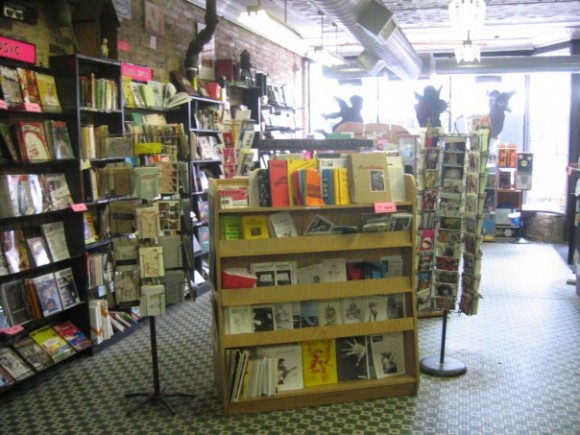
What helps a book sell? What are some of the more successful books at Quimby’s?
Quality writing in an interesting package. We do well with things that hit it on multiple fronts. Some of the books that we do well with are anything by Chris Ware, Dan Clowes or Dave Eggers.
Quimby’s has achieved this legendary status among independent bookstores. How did this happen and how do you maintain relevance in the age of Amazon?
We have stuck to our mission of carrying the offbeat and being very open to people just starting to publish. We also hold a lot of events which has built community support. We try to stock the books our customer wants. Quimbys is a niche bookstore are we have never had the desire to become mainstream.
Please describe the cat that lives in your store. If you don’t have a bookstore cat, please explain why.
We do not have a store cat for several reasons,
1. I would always be worried about the cat running out the door.
2. I don’t think the cat would get the attention it deserves.
3. Our store mascot is Chris Ware’s Quimby the mouse and cat and mice just do not mix.
Book Bike Update.
The city of Chicago was up to a whole heap of bullshit, as mentioned a couple weeks ago. Not sure how it happened, but the Chicago Public Library stepped up and got the Gabriel Levinson’s bike full of books out of the garage and back onto the streets where it belongs. Raise a glass once again for Gabe and the CPL for keeping an undeniably good project going.
Read a good interview with Gabe here.
Visually Armored.
Our intrepid intern has a brother named Andy. He outputs under the name Visual Armory. Out of the kindness of his heart he sent me a little care package.
Why, whatever could it be?
Cards! Beautifully silk-screened inspirational cards!
Andy’s work boasts an attention to detail and a level of heart that shines through and will take him very far as an artist and a person.
I know who I’m sending this one to…
Thanks Andy. Your gifts warm my heart in a season of unending cold. Cyber hi-five.
Tan.
MAKR and I went up to Chicago. He had to go to Horween, one of the oldest leather tanneries in the country, to pick out some hides to make into bags.
It was like Charlie and the Chocolate factory. But with dead flesh.
This is what it looks like in Jason’s brain.
This is how the hides come in. That’s horse hide imported from France.
I want Horace McCoy to write a book called The French Eat Horses, Don’t They?
The hides are bathed in a sort of bleach wash deal that turns them into pasty white piles of mush.
Leather byproduct splatter strewn across an American flag. There’s a metaphor there but I’m not sure what it is.
Most footballs used for pro games? Yup. They came from Horween.
This place has been around since 1905 and is still family owned and operated. Skip Horween, the gentleman who showed us around, took us to this dark hole where the hides dry.
Horween is the last place in the States to make Cordovan, which is essentially the butt of the horse. I told Skip that it kind of looks like Illinois. He agreed and told us that an uncut hide looks like the United States. I said there was another good metaphor in there somwhwere. Skip quietly tolerated the foppish writer by saying, “Yeah, there’s something in there.”
But it wasn’t all leather for us. Side note: I enjoyed introducing Jason to my Chicago friends by saying, “This is Jason. He’s really into leather.”
We went to the Russian Tea Room, which made people whisper further.
We took the pink line (God, this is getting bad) down to Pilsen.
If you live in the greater Chicago area, care about the most interesting stuff happening in art book publishing and you have not yet been to Golden Age then you, my friend, are robbing yourself of one of the better experiences of your lifetime.
Go see Marco and his amazing store right away!
This was one of the best trips I’ve made back to the city since I moved. Without a doubt.
Thank you Tom, Bill, Ben, Anne, Theresa and Sheba. I miss you all.
And dare I say it? I miss this city.
Notes to Molly.
Old Chicago bud Chris Bower has adapted a story he wrote for our very first (and currently out of print) issue into a short play that will start its run this weekend. Go check it out if you live in the area and enjoy turbulent relationships and mysterious fish!
Golden Age.

Dunno if any of the remaining Chicagoans who read this blog (close to 60 of you!) are still interested in buying books, zines and other shit for weirdos. But if you are, I would reccomend heading on down to Golden Age on the lower west side-ish area. I ain’t never been there, looks like they opened right when I left. But the place looks dope. If you go you should take some pictures and talk to the peeps who run the place and maintian an overall interest in the operation of brick-and-motar art/book/art book stores.
Mr. Meno.
While scouring the webs yesterday I came across this video of recent contributor Joe Meno reading from his new book.
Joe has been kicking ass lately. Makes me feel like a proud poppa. Even though he’s seven or eight years my senior. And is my former teacher. And has published a bajillion more things than I ever have or will. And has met Salman Rushdie.
Proud poppa nonetheless.














